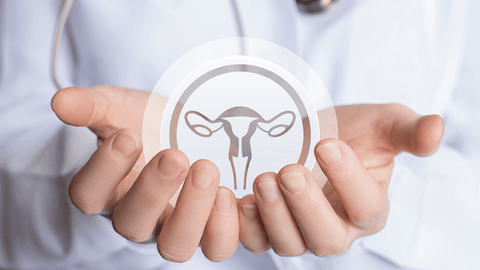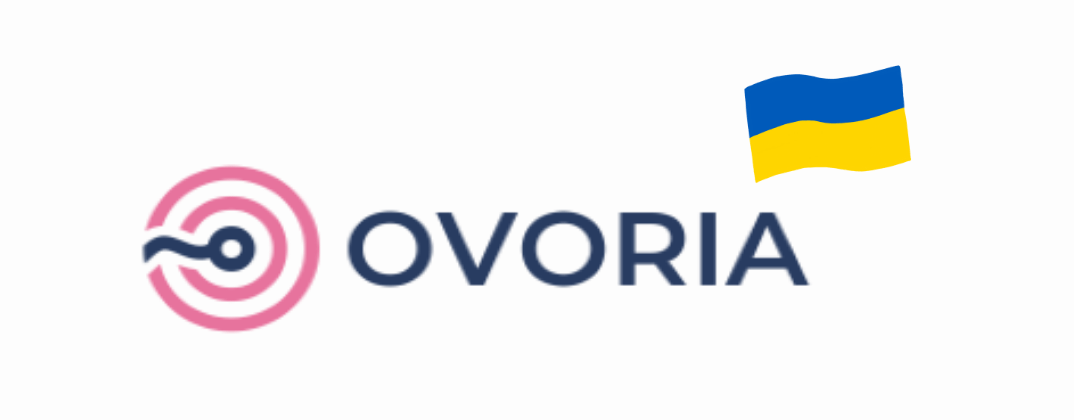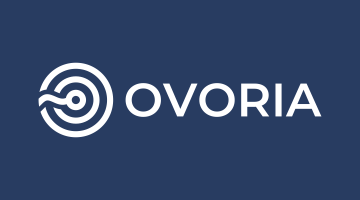Ovarian Stimulation During IVF Process
Due to lifestyle habits, working patterns, stressful and pressured jobs, unhealthy diets, sedentary lifestyles, and lack of sports activities all put together has over the years culminated in several ailments. This has also hurt male and female fertility. Assisted reproductive technologies (ART) suggest so many medical treatments for infertility issues in the age of technology development. Assisted reproductive medicine involves such fertility treatment options as:
- In Vitro Fertilization
- Cryopreservation of embryos and gametes
- Intracytoplasmic sperm injection (ICSI)
In Vitro Fertilisation is a successful fertility treatment that caters to people who are unable to get pregnant. The problem could be with either partner, and a wide range of issues affect conception. The problem could be due to some medical conditions as endometriosis, polycystic ovary syndrome (PCOS), fibroids, premature ovarian syndrome, blocked fallopian tubes, thyroid disorders, problems with sexual intercourse, chromosome defects, hormone imbalances, infections, ejaculation issues, varicocele.
The IVF treatment is a technique in which the female eggs are extracted from the ovaries, and the male sperm is sourced from the semen sample in order to create embryos in the laboratory. In the body, one egg matures during each ovulation cycle. A single woman has two eggs, and each one of these eggs has many cells. One cell will develop and be released during each ovulation cycle. The oocyte's development is induced by follicle-stimulating hormone. For IVF treatment, mature eggs are needed. The ovaries are stimulated externally by administering the required hormones.

What is Ovarian Stimulation?
There are various stages during the IVF cycle. IVF treatments include 5 steps:
- Ovarian Stimulation
- Egg Retrieval
- Fertilisation
- Blastocyst Culture
- Embryo Transfer
One of the main stages is ovarian stimulation. The pituitary gland releases a hormone that stimulates enough follicles to start maturing for ovulation soon before ovulation occurs. Only one dominant follicle matures entirely and is ready for fertilization. The other eggs usually do not develop fully and are lost.
During the IVF procedure, women will use ovarian stimulation medications that also known as fertility drugs for producing multiple eggs. One developing mature egg is not enough for IVF success ray\te that's why women will get extra embryos which they can freeze for another pregnancy.
The ovarian stimulation phase helps mature the follicles for retrieval and prepares the uterus as if there is a normal ovulation cycle. The inner wall of the uterus grows an endometrial lining. When the embryo enters the uterus, it will implant itself. Without the receptivity of the uterus, the implantation won't take place. Implantation is an essential part of a successful pregnancy. An embryo cannot grow if it does not attach itself to the endometrial lining. Hence the preparation of the uterus to get the embryo is an integral part of having successful IVF treatment.
The Whole Process of Ovarian Stimulation
The ovarian stimulation process has to be carefully timed to match the menstrual cycle of the patient's body, and each stage has to be cautiously monitored by health providers for understanding how a woman's body reacts to fertility medications. Knowing the progress of the follicle maturation is also important because the medications for the next stage can be given.
There are three stages to ovarian stimulation which induces the maturation of the egg follicles in the ovaries:
- Stimulation of follicle production: Anti-estrogen medication is given to encourage the ovaries for egg growth. The goal of this stage is to allow as many follicles to mature eggs as possible.
- Prevention of oocyte release: Once the follicles reach their final stage of maturity, the oocyte is released into the fallopian tubes. The release of the oocyte is triggered by the Luteinizing hormone (LH) surge. When a woman goes through IVF ovarian stimulation, a medication prevents the rise of the LH, which ensures that the oocytes are kept in their follicles. If a woman releases the oocytes into fallopian tubes, they will not be retrieved during the IVF process.
- Final maturation: The final maturation stage of ovarian stimulation is closely monitored, and the eggs are retrieved as soon as they are fully matured. This final maturation process takes about 36 hours after the HCG injection medication has been administered.
The medication used in ovarian stimulation varies depending on what stage of ovarian stimulation a woman is in. Ovarian stimulation is an integral part of IVF treatment. The amount of eggs harvested from a woman's ovaries depends mainly on how accurately each stage of the IVF process is.
What Are The Potential Complications of Ovarian Stimulation?
Many women who take medication for ovarian stimulation suffer from Ovarian HyperStimulation Syndrome (OHSS). This happens a few days after the eggs have been retrieved. The cause of OHSS is not fully clear. Human chorionic gonadotropin (HCG) is a hormone produced during pregnancy, and a high level of this hormone will impact ovarian hyperstimulation. That's mean HCG can affect blood vessels in the ovaries.
OHSS symptoms may include feeling faint, feeling bloated or experiencing nausea. These symptoms need to go away in a week or two if you don't become pregnant. There is a list of possible symptoms of OHSS:
- Bloating
- Diarrhoea
- Nausea
- mild weight gain
Other severe symptoms of OHSS can include:
- Heartbeat
- Severe bloating
- Abdominal pain
- Dizziness
- Reduced urination
If a woman is experiencing some of these symptoms, she needs to urgently contact a health provider to get medical advice and help. Also, Some women never suffer from severe OHSS, but it can even be fatal in some cases. Even in the case of being pregnant, it is essential to check the health and observe if a woman has such symptoms or not.


